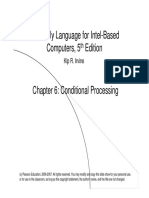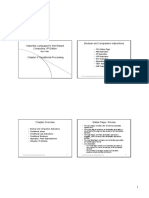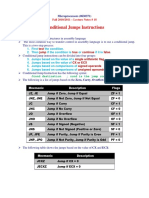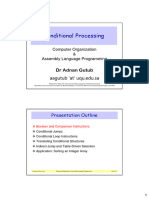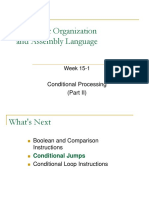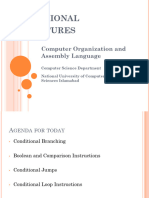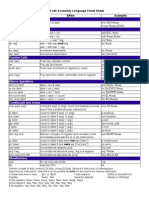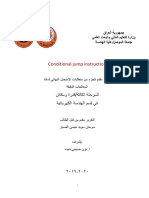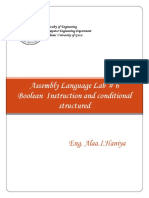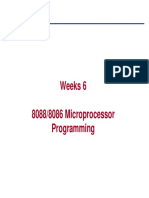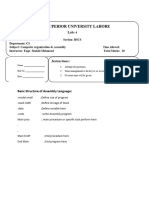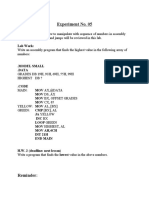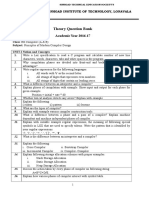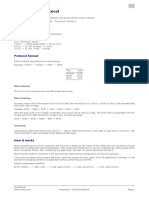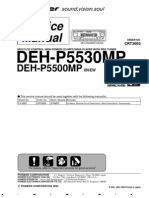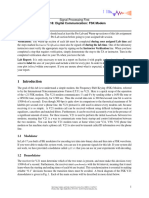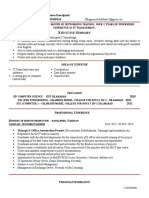0% found this document useful (0 votes)
65 views32 pagesIntel Assembly Language: Conditional Processing
This chapter of the Assembly Language textbook discusses conditional processing in assembly language. It covers Boolean logic and comparison instructions, conditional jumps, conditional loops, and using conditional structures. Specific topics include status flags, AND, OR, XOR, NOT, TEST, and CMP instructions, as well as jumping based on flag conditions, equality tests, and signed/unsigned comparisons. Application examples demonstrate tasks like converting case and comparing values.
Uploaded by
Maheen ShahidCopyright
© © All Rights Reserved
We take content rights seriously. If you suspect this is your content, claim it here.
Available Formats
Download as PDF, TXT or read online on Scribd
0% found this document useful (0 votes)
65 views32 pagesIntel Assembly Language: Conditional Processing
This chapter of the Assembly Language textbook discusses conditional processing in assembly language. It covers Boolean logic and comparison instructions, conditional jumps, conditional loops, and using conditional structures. Specific topics include status flags, AND, OR, XOR, NOT, TEST, and CMP instructions, as well as jumping based on flag conditions, equality tests, and signed/unsigned comparisons. Application examples demonstrate tasks like converting case and comparing values.
Uploaded by
Maheen ShahidCopyright
© © All Rights Reserved
We take content rights seriously. If you suspect this is your content, claim it here.
Available Formats
Download as PDF, TXT or read online on Scribd
/ 32
